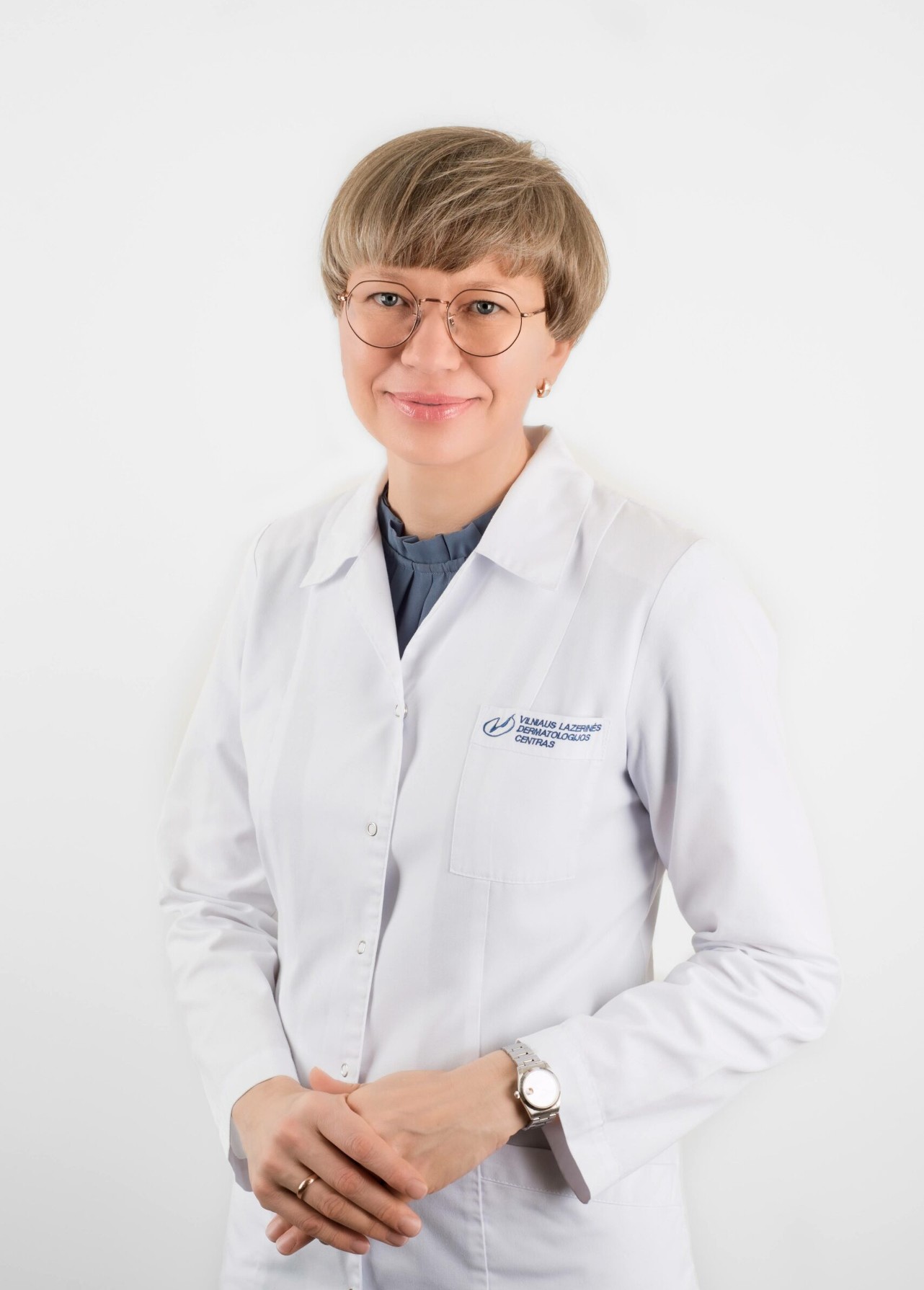Atypical moles (also called dysplastic moles) are benign skin lesions of melanocytic origin. These moles are characterised by some of the visual features of melanoma, such as asymmetry, irregular margins, combination of several colours, and a diameter greater than 5 mm. These nevi may occur sporadically or in the presence of a familial predisposition. Histological examination of such moles reveals architectural and cytological atypia. Although atypical nevi are benign lesions, they indicate an increased risk of melanoma, especially in individuals who have a large number of nevi in general and a family history of malignant skin tumours.
Atypical moles are present in 2-10% of people. These people are several times more likely to develop melanoma than the general population. However, more than half of melanoma cases occur in smooth skin (i.e. not from a mole).
The appearance of nevi is a genetic process, but is also strongly influenced by the sun’s ultraviolet rays. These moles are most commonly seen in adolescence and may increase in number over the course of life.
Although atypical moles can appear anywhere on the body, they are most common on the torso and limbs. They are rarely found on the face.
Signs of atypical moles:
- Diameter greater than 5 mm
- Asymmetry (shape, colour)
- Irregular or faded edges
- Combination of several colours: pink, brown, dark brown. Other colours (blue, red, white) are not characteristic of atypical moles
- Slightly raised surface relief
- Characteristic feature – a spot centred on a prominence
Although atypical moles show signs of melanoma, the majority of such moles are stable and do not change over time.
Examination and diagnosis of atypical nevi
- Dermatoscopy is a non-invasive method of examining skin lesions that allows a close look at the structure of the skin lesion. All types of skin cancers have a distinctive architecture that can be seen during dermatoscopy. This examination allows a reliable differentiation between malignant and benign skin lesions.
- Siascopy (spectrophotometric intracutaneous analysis) is a modern, non-invasive (and therefore painless), rapid method of examining pigmented skin lesions based on the interaction of different wavelengths of light with the skin’s chromophores (melanin, haemoglobin and collagen). This method assesses skin changes as deep as 2 mm. The colour images obtained are correlated with the histological characteristics of the lesion. The siascope therefore predicts the risk of malignancy of a particular lesion, which is then used to select the removal method. For more information, see the section “Siascopy”.
- Excisional biopsy and histological examination is performed in case of suspicion of melanoma, in case of uncertainty or when the mole starts to change. The procedure is carried out under local anaesthesia and under outpatient conditions, so the patient can go home the same day. The histological examination assesses the architecture and cytological parameters of the lesion and provides a definitive diagnosis. Based on the findings of this examination, the patient’s further treatment and follow-up plan is planned.
Removal of atypical moles
Atypical moles are removed by surgical excision, as this is the only method of removal that allows the histological examination that is necessary in this case. Other removal methods (e.g. laser) are not recommended. Removal under local anaesthesia under outpatient conditions. The procedure is simple and, depending on the size of the mole, takes up to 1 hour. The patient can go home the same day.
For patients with atypical moles, it is very important to examine their own moles at least once a month. If you notice any abnormality, do not delay and consult your dermatologist.






